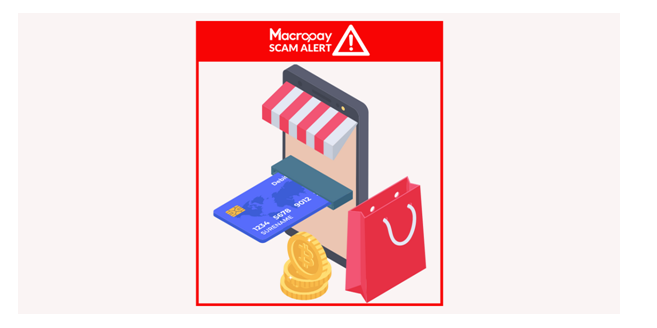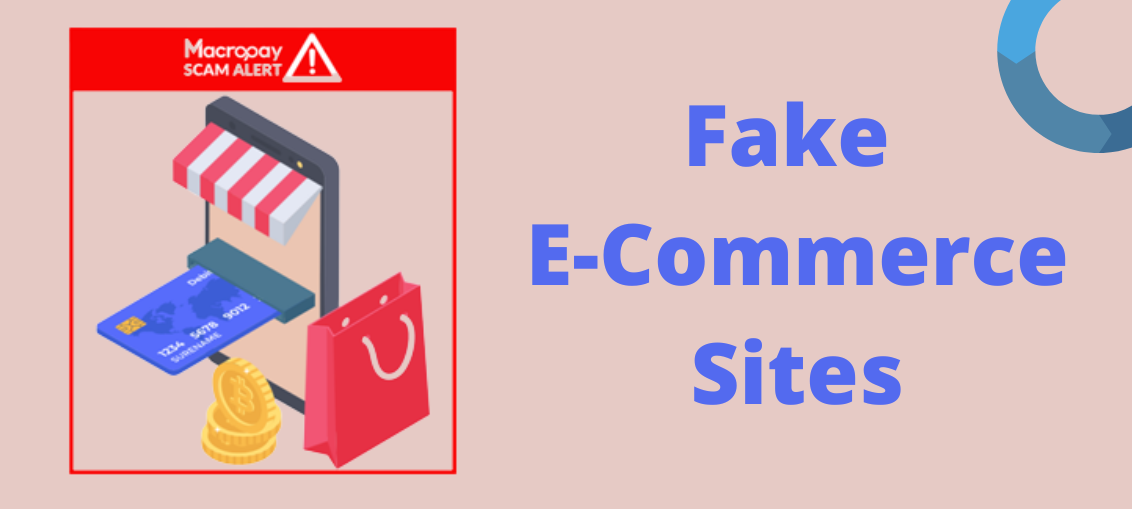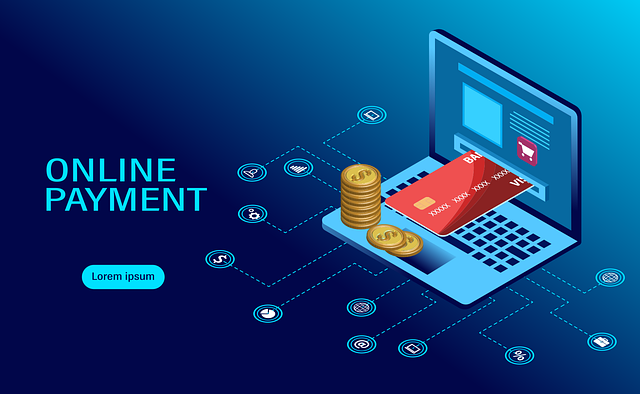Online shopping is an easy and convenient way to buy items. Many people enjoy the experience of going to a physical store to make a purchase.
However, After the COVID-19 pandemic, most people are more likely to place orders from the comfort of their homes than walk into a physical store to make purchases.
In this Macropay Scam Alert, let’s examine a few things to look out for before purchasing from a website or an online store.
However, fraudsters have seen this as an avenue to scam customers with phishing scams. These scammers build fake online shopping stores or e-commerce websites to either receive payments without delivering the required products or end up delivering products of low quality.
Also, many people fall victim to fake stores on days such as Black Friday sales because they offer ridiculous discounts on their websites, and unsuspecting customers can be duped for their money.
READ ALSO: Most Secure Online Payment Services
Table of Contents
How To Spot Fake E-commerce Sites And Online Stores
- Identity and Registration: There is no emergency when you are trying to make a purchase. You can always take a little time to investigate the e-commerce site you wish to buy from. You can find out who the owners of the site are and other details of this owner by typing out the website’s URL at www.whois.com/whois
The absence of details upon entry should flag the site as fake. - Website Encryption Checks: In the address bar of your browser, you may find a padlock icon. This means that the site uses encrypted messages to secure whatever information that you enter on the website. The absence of this feature is a good indicator that your details can be compromised and you may be scammed if you proceed with a purchase.
- Google Safe Browsing: Obtaining a transparency report on the site you wish to make a purchase is essential. This is because genuine sites and online stores can be hacked. Entering the site’s URL into transparencyreport.google.com/safe-browsing/search will help you see if there’s something dodgy about the website and see if it can be trusted.
- Payment method, Return and Exchange Policies: Due to the need to dupe people, most fake sites will have listed a host of payment methods, especially the unpopular ones that do not support reversal of payment. Also, they usually have a no-return or exchange policy because they do not want to be held accountable after they have scammed buyers out of their money.
- URLs and Professionalism: Sometimes, the hallmark of a fake e-commerce website is its URL. These scammers hide the malicious nature of their website in their URLs by shortening it. There are a few URL expansion websites that can expand them so you can see what’s actually on the site you want to purchase from.

Additionally, scammers build fake websites hurriedly, and they alone take up the task that different professionals undertake on genuine websites.
While they try to duplicate the features of genuine and often popular websites, they ignore grammar. Hence, fake websites are littered with grammatical errors.
READ ALSO: 5 Reasons You Should Go Cashless
What To Do When You Are A Victim Of A Fake E-Commerce Site
Here are some of the most essential actions you can take after you have been scammed:
- Contact your bank or credit card company immediately and let them know your details have been stolen. This can prevent further transactions from taking place on your account until you can secure the safety of your information.
- Report to appropriate authorities and the genuine e-commerce website or online store that was duplicated.
For more Macropay Scam Alerts and insights, visit www.macropay.net.
READ ALSO: What Is A Fake Antivirus? Overview And How To Spot Them
Macropay Scam Alert: FAQs
Macropay, being a payment platform, can be attractive to scammers. Here are some answers to frequently asked questions to stay safe from fake e-commerce sites involving Macropay:
What is the Macropay Scam?
This scam involves fake e-commerce websites that claim to accept Macropay as a payment option. These websites advertise deals on in-demand products but are designed to steal your financial information or sell counterfeit goods.
How can I spot a fake Macropay e-commerce site?
- Unrealistic Prices: If a website offers products at significantly lower prices than reputable retailers, it’s a red flag.
- Generic or Unprofessional Website Design: Fake websites often have poorly designed layouts, grammatical errors, or blurry images.
- Urgency Tactics: Beware of websites pressuring you to buy with limited-time offers or low stock warnings.
- No Contact Information: Legitimate businesses should have clear contact information, including a physical address and phone number.
- Suspicious URLs: Check the website’s URL for misspellings or unusual domains (e.g., “.info” instead of “.com”).
What should I do if I encounter a suspicious Macropay website?
- Do not enter any personal or financial information.
- Leave the website immediately.
- Report the website to Macropay and relevant authorities.
How can I shop online safely using Macropay?
- Shop from trusted retailers: Only buy from websites with a good reputation and verified customer reviews.
- Look for security features: Ensure the website uses HTTPS encryption (indicated by a padlock symbol in your browser bar).
- Review Macropay transactions: Keep an eye on your Macropay account activity and report any unauthorized transactions.
What if I already purchased a fake Macropay website?
- Contact Macropay immediately: Report the fraudulent transaction and seek help in recovering your funds if possible.
- Monitor your financial accounts: Closely watch your bank statements and credit card reports for any unauthorized charges.
- Consider filing a police report: If you suspect identity theft or financial loss, report it to the authorities.
A Final Word…
By staying vigilant and following these tips, you can protect yourself from Macropay scams and shop online securely. Remember, if a deal seems too good to be true, it probably is.
INTERESTING POSTS
- Top 5 Cybersecurity Threats That eCommerce Websites Should Watch Out For
- Payment Challenges: How E-Commerce Businesses Can Deal With Payment Errors
- 5 Ways To Identify Phishing Or Fake Websites
- VPN Extension For Google Chrome – Benefits And Useful Tricks
- 10 Best Safety Tips for Online Shopping
- 6 Ways To Optimize Your DevOps Team Productivity
- Ways Manufacturers Can Benefit from Going Online
- Best VPN For 2022
- Best Antivirus For 2022
About the Author:
Christian Schmitz is a professional journalist and editor at SecureBlitz.com. He has a keen eye for the ever-changing cybersecurity industry and is passionate about spreading awareness of the industry's latest trends. Before joining SecureBlitz, Christian worked as a journalist for a local community newspaper in Nuremberg. Through his years of experience, Christian has developed a sharp eye for detail, an acute understanding of the cybersecurity industry, and an unwavering commitment to delivering accurate and up-to-date information.







